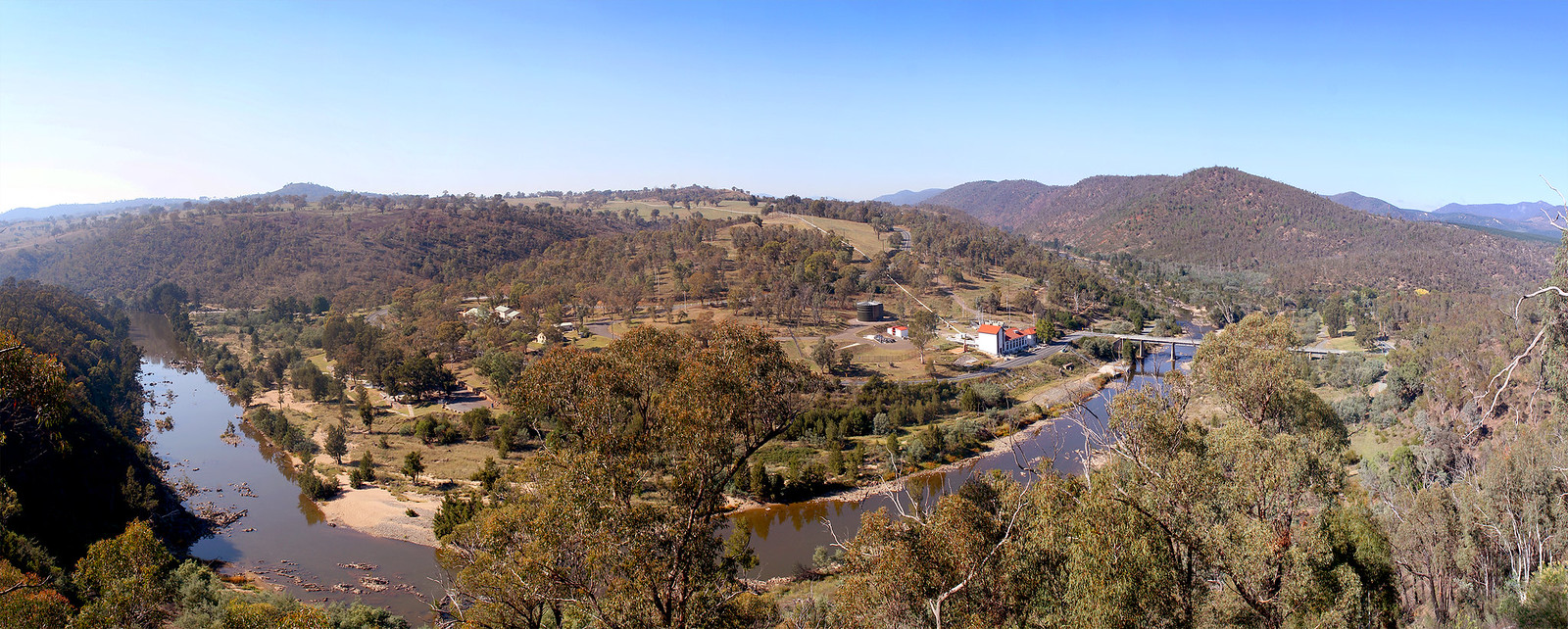Cotter River

The Cotter River is a perennial river in Australia’s Australian Capital Territory that is a part of the Murray-Darling basin’s Murrumbidgee River catchment. The river holds a profound cultural significance that transcends its natural beauty. For millennia, the river has been a focal point of Indigenous spirituality, European exploration, and environmental conservation, shaping the identity and heritage of the region. In this in-depth exploration, we delve into the multifaceted reasons why the Cotter River is culturally important, uncovering the layers of history, tradition, and reverence that have made it a cherished symbol of cultural heritage.
Indigenous Connection:
The cultural importance of the Cotter River dates back thousands of years to the Indigenous peoples of Australia, particularly the Ngunnawal and Ngambri nations. For these traditional custodians, the river and its surrounding landscapes held deep spiritual significance, serving as a source of sustenance, connection, and cultural identity. The Cotter was not merely a physical feature of the landscape but a sacred entity woven into the fabric of Indigenous cosmology.
Key cultural practices associated with the Cotter River include ceremonial gatherings, storytelling, and spiritual rituals that honor the land and its resources. Traditional knowledge passed down through generations guides Indigenous stewardship of the river, fostering a deep respect for ecological balance and sustainable land management practices. Today, efforts to preserve and revitalize Indigenous cultural heritage along the Cotter are central to the broader goals of reconciliation and cultural revitalization.
European Exploration and Settlement:
With the arrival of European explorers and settlers in the 19th century, the cultural landscape of the Cotter River underwent profound transformation. European adventurers such as Charles Throsby and Joseph Wild ventured into the rugged terrain of the Australian bush, drawn by the allure of uncharted wilderness and untapped resources. Their expeditions paved the way for European settlement and colonization of the region, bringing new cultural influences and perspectives to the Cotter River Basin.
European settlers established farms, homesteads, and towns along the banks of the Cotter, introducing agricultural practices, architectural styles, and social customs that shaped the cultural fabric of the region. The construction of infrastructure such as bridges, roads, and dams further altered the landscape, reflecting the technological advancements and engineering feats of the era.
Environmental Conservation:
In more recent times, the Cotter River has become a focal point for environmental conservation and stewardship, reflecting a growing awareness of the importance of preserving cultural heritage and natural resources. Conservation efforts aim to protect the ecological integrity of the river and its surrounding landscapes, while also honoring the cultural significance of Indigenous heritage sites and historical landmarks.
Environmental conservation practices along the Cotter include riparian restoration, habitat protection, and waterway management initiatives that seek to enhance biodiversity and ecosystem resilience. Collaborative partnerships between government agencies, Indigenous communities, and conservation organizations are instrumental in ensuring the long-term sustainability of cultural and natural heritage in the region.
Recreational and Educational Opportunities:
Beyond its spiritual and ecological significance, the Cotter River offers abundant recreational and educational opportunities for visitors to the Australian Capital Territory. The river and its surrounding landscapes provide a scenic backdrop for a variety of outdoor activities, including bushwalking, picnicking, fishing, and kayaking. Visitors can explore historical sites, interpretive trails, and cultural heritage centers that offer insights into the rich tapestry of human history and natural beauty along the Cotter.
Conclusion:
The cultural importance of the Cotter River is a testament to its enduring legacy as a source of spiritual nourishment, historical significance, and natural beauty. From its origins as a sacred entity in Indigenous cosmology to its role as a symbol of reconciliation and environmental stewardship, the river continues to inspire reverence and awe in all who encounter its waters. As we strive to honor and preserve the cultural heritage of the Cotter for future generations, may we also deepen our appreciation for the interconnectedness of culture, nature, and the human spirit.
Know More about the Cotter River.
What are The Religious Places of the Cotter River?
When Did The Cotter River Basin Become a Focus?
Where is The Cotter River Located?
Who Were The Key Historical Figures and Civilizations of The Cotter River?
How to Reach Kiewa River?




